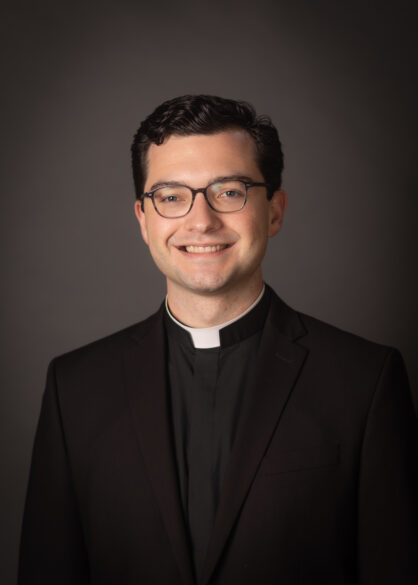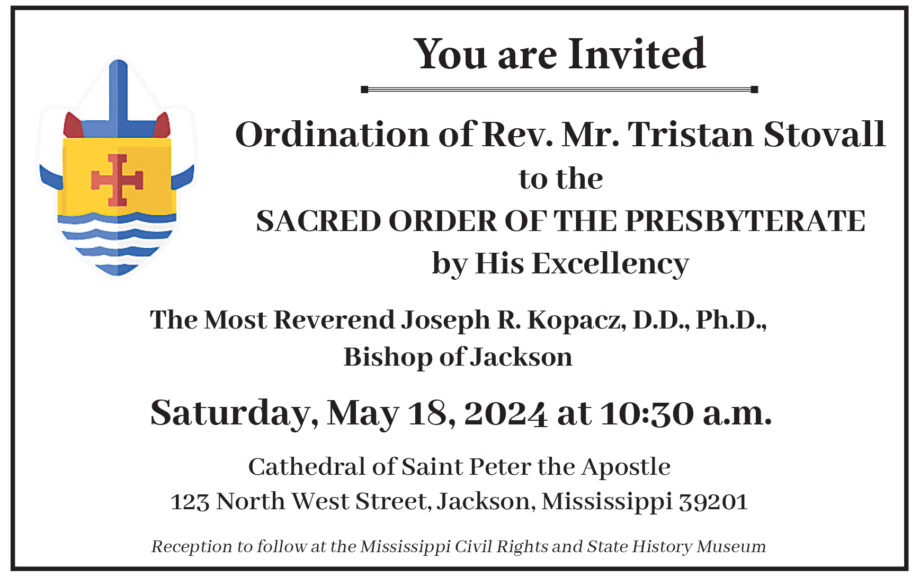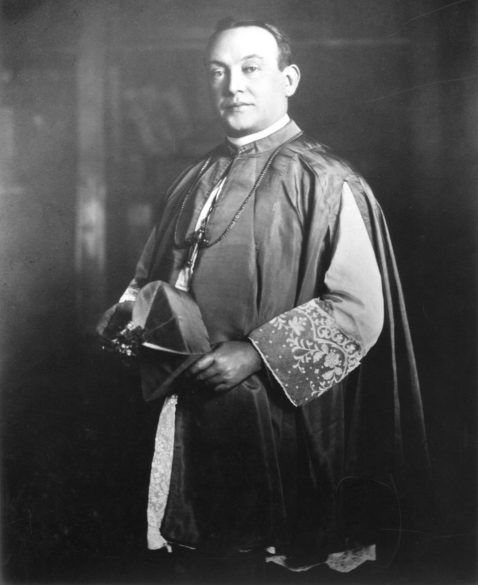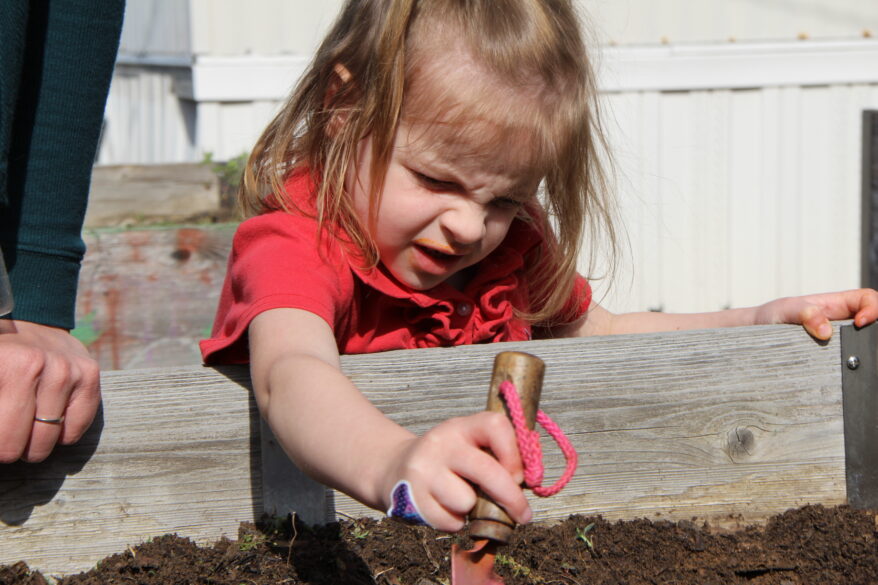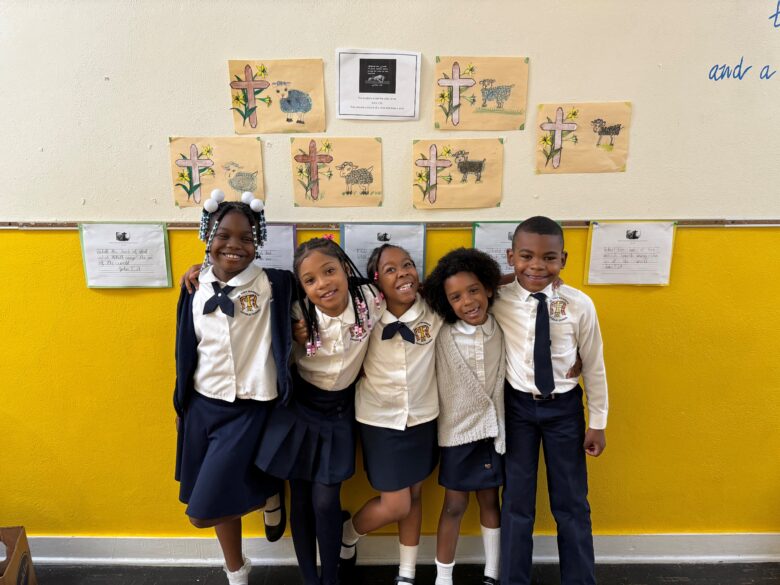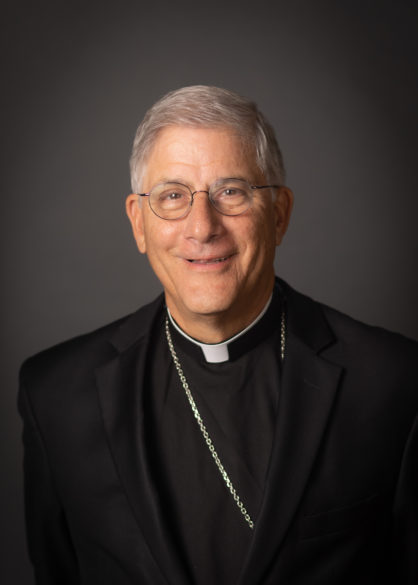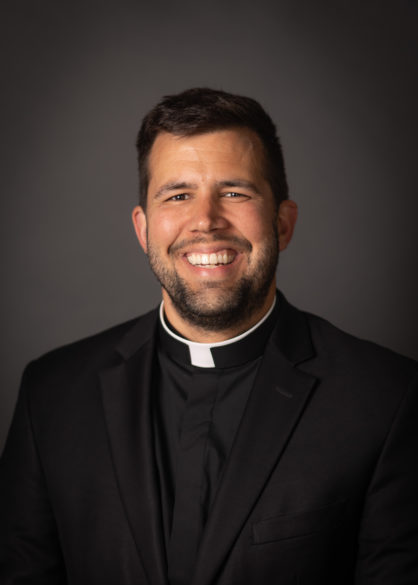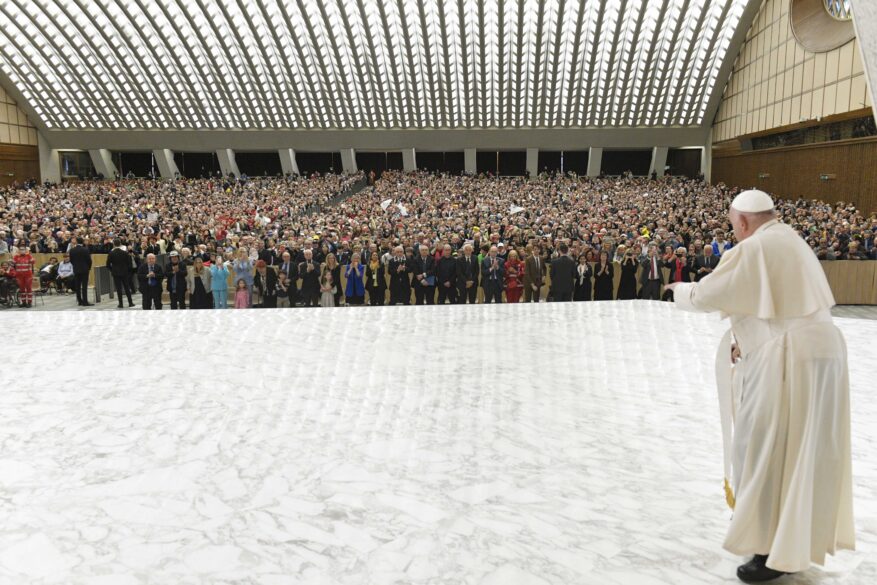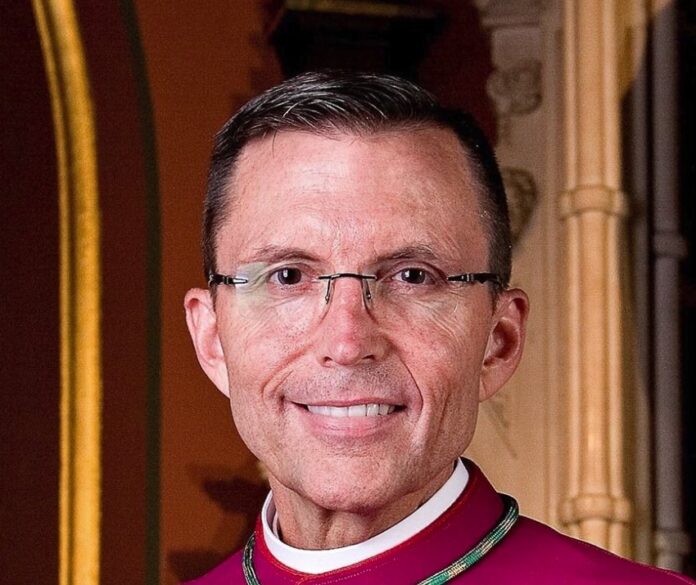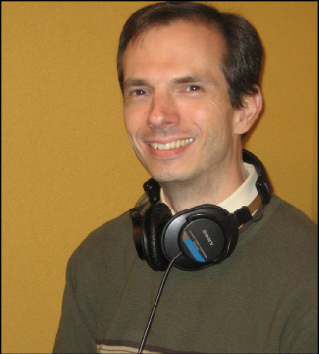Art Fair – Overall winners
Painting Only Art Room – 2nd place – 5th grade: Carys Dishman (St. Elizabeth Clarksdale)
Mixed Media Art Room – 1st place – 2nd grade: Beckham Shed (St. Elizabeth Clarksdale)
Mixed Media Art Room – 2nd place – 6th grade: Conner Lunceford (St. Elizabeth Clarksdale)
Drawing Art Room – 2nd place – 2nd grade: Maddison Lenard (St. Elizabeth Clarksdale)
Drawing Art Room – 1st place – 5th grade: Gabby Jones (St. Elizabeth Clarksdale)
Drawing Art Room – 1st place – 6th grade: Ulric Henning (St. Elizabeth Clarksdale)
Printmaking Classroom – 2nd place – 1st grade: Garrett Naegele (St. Anthony Madison)
Printmaking Jr. High and High School – 2nd place: Madolyn McGaugh (St. Joseph Greenville)
Photography Jr. High and High School – 2nd place: Kent Tonos (St. Joseph Greenville)
Reading Fair – Overall Winners
Individual Fiction Character Portrayal – 2nd place – 5th grade: Anna Cooper (Cathedral Natchez)
Individual Non-Fiction Character Portrayal – 3rd place – 5th grade: Haley Burnsed (Cathedral Natchez)
Fiction Individual – 2nd place – 4th grade: Mary Hannah Amborn (Vicksburg Catholic)
Non-Fiction Individual – 1st place – 5th grade: Madeline Jex (Cathedral Natchez)
District Fair Winners
Fiction Board Winners: Anna Cooper – 1st place; and Rivers Atkins – 2nd place (Cathedral Natchez)
Fiction – Best Portrayal of Character: Anna Cooper – 2nd place; and Rivers Atkins – 3rd place
Non-Fiction Board Winners: Maddy Jex – 1st place; and Haley Burnsed – 2nd place (Cathedral Natchez)
Best Portrayal of Character Award: Maddy Jex – 1st place; and Haley Burnsed – 2nd place
2nd place overall in fiction – 4th grade: Mary Hannah Amborn (Vicksburg Catholic)
2nd place overall in fiction – 5th grade: Cash Ferrell (Vicksburg Catholic)
Spelling Bee – Overall Participants
Sophia Keith – Annunciation Columbus
Samantha Struber – Annunciation Columbus
Michael Lickteig – Sacred Heart Southaven
Caryn Jackson – St. Joseph Greenville
Estephan Choufani – St. Joseph Madison
Addison Bednar – Vicksburg Catholic School
Spelling Bee- District
1st place in 7th grade, District II – East: Samantha Struber (Annunciation Columbus)
1st place in 5th grade, District II – East: Sophia Keith (Annunciation Columbus)
Regional Science Fair
3rd Grade: (All St. Patrick Meridian)
1st place Physics – Avery Hook
1st place Organic Chemistry – David Donkor
4th place Organic Chemistry – Cayden Gray
2nd place Inorganic Chemistry – Ashton Brown
1st place Botany – London Wilson
2nd place Microbiology – Wiljann Sopa
2nd place Engineering – Dominic Meachum
1st place Animal Science – Aubre Laws
4th Grade: (All St. Patrick Meridian)
4th place Inorganic Chemistry – LaDarius Ranson
4th place Microbiology – Kyler Hill
5th Grade: (All St. Patrick Meridian)
1st place Physics – John Quedado
3rd place Physics – Katelyn Meachum
6th place Organic Chemistry – Brandon Franklin
1st Inorganic Chemistry – Aiden Walker
1st Animal Science – Micah Laurent
6th Grade: (All St. Patrick Meridian)
1st place Behavioral Science – Aiden Palmer
1st place Animal Science – Ayden Everington
2nd place Inorganic Chemistry – Madison Powell
2nd place Animal Science – Bryce Rush
2nd place Mathematics – John Martinez
2nd place Physics – Ayden Rush
2nd place Botany – Juan Pablo Garcia
Quiz Bowl
Cathedral Middle School Team A – 2nd place out of 24 teams.
Scholarship
4-Way Rotary Scholarship – Jacob Venuti (St. Joseph Greenville)
Stellar Academic Students
Julianna Jojoa-Portilla – St. Joseph Greenville
Lockard Williams – St. Joseph Madison
Parker Baroni – Cathedral Natchez
Stephen Clement – Vicksburg Catholic
Choral Ensemble Festival
Vicksburg Catholic SSA and SATB received Superior rankings
National Academic Quiz-bowl Tournament (NAQT)
Cathedral Middle School’s two teams- placed 3rd and 5th overall. One team qualified for Nationals in May.
Robotics
Vicksburg Catholic Team 456 won the Engineering Inspiration Award from NASA at the Bayou Regional Competition. Attended World Championship Competition in Houston, Texas.
Annunciation School’s Robotics Club placed 1st at Regionals.
Bughouse Chess Championship
Two teams placed 1st and one team placed 2nd from Annunciation Columbus (two person teams playing blitz style- 5-minute games)
MSCA Chess Championship:
5th place – Lydia Frauendienst and Nathanial Rush (Annunciation Columbus)
MAIS Stem Competition (Science, Technology, Engineering, Math)
Best Overall – Bryan Sescu (Annunciation Columbus)
Teacher Recognition
Lauren Young – Annunciation Columbus: named Lowndes County Chamber of Commerce Elementary Teacher of the Year
April Moore – Annunciation Columbus: selected to present at NCEA
April Moore – Annunciation Columbus: selected Elementary VFW Teacher of the Year
Dr. Robika Mylroie – St. Anthony Counselor- awarded the Livesay Award from her alma mater Millsaps College.
Athletics
Archery – Championship
Class 4A: 3rd place – St. Joseph Greenville
Class 6A: 5th place – St. Joseph Madison
Soccer
Boys Soccer: All Star White Team – Greg Fore (St. Joseph Madison)
Boys Soccer: All Star Blue Team – Fritz Barbour and Braylon Poindexter (St. Joseph Madison)
Girls Soccer: Futures White Team – Elaina Price (St. Joseph Madison)
Girls Soccer: Futures Red Team – Sydney Leib (St. Joseph Madison)
Girls Soccer: White All Star Team – Stella McCarthy (St. Joseph Madison)
Girls Soccer: Blue All Star Team – Campbell Miller (St. Joseph Madison)
Braylon Poindexter signed to play at Gulf Coast Community College (St. Joseph Madison)
Fritz Barbour signed to play at Northwest Community College (St. Joseph Madison)
Basketball
Girls 4A-5A-6A Basketball: All Star Blue Team – Maia Turner (St. Joseph Madison)
Boys 4A-5A-6A Basketball: All Star Blue Team – Brandon Cooley (St. Joseph Madison)
Boys 4A-5A-6A Basketball: All Star Blue Team Assistant Coach – Jonathan Albright (Cathedral Natchez)
Girls Basketball Futures Red Team – Gabby Gray (St. Joseph Madison)
Boys Basketball Futures White Team – Brandon Burkes (St. Joseph Madison)
Boys Basketball Futures Red Team – Chris Gordon (St. Joseph Madison)
Holy Family School (Holly Springs) – NMAC Girls Champions, Lady Panther Teyuana Reaves named Conference Play of the Year
Maia Turner signed to play at Tougaloo College (St. Joseph Madison)
Football
All-MAIS 3A Team: Tyler Mongomery, Eli Williamson, Victor Baker, Mikael Jones and Chris Mayfield (St. Joseph Greenville)
3A Coach of the Year: John Baker (St. Joseph Greenville)
1A-2A-3A: All Star White Team – Chris Mayfield and Tyler Mongomery (St. Joseph Greenville)
4A-5A-6A: All Star White Team – Lonnie Smith (St. Joseph Madison)
4A-5A-6A: All Star Blue Team – Cam’Ron Tanner (Cathedral Natchez) and Demariet Davis (St. Joseph Madison)
Futures Gray Team – Victor Baker (St. Joseph Greenville) and KeyShaun Coleman (St. Joseph Madison)
Futures Red Team – ZyCameron Williams and Ryan Rainer (St. Joseph Madison)
MAIS 3A Football Champions – St. Joseph Greenville
Lonnie Smith signed to play football at Copiah- Lincoln Community College (St. Joseph Madison)
Varsity Swim Meet
1st place Boys 100 yard backstroke – 9th grade: Christopher Brown (St. Joseph Madison)
Spirit Competition
School Dance Kick Varsity Small – 1st place: Vicksburg Catholic
School Cheer Non-Tumbling Varsity Small – 2nd place: St. Joseph Madison
School Dance Kick Varsity Medium – 3rd place: Cathedral Natchez
School Cheer Non-Tumbling Varsity Medium – 3rd place: Vicksburg Catholic
School Dance Pom Varsity Small – 1st place: Vicksburg Catholic
Volleyball
Futures White Team – Calese White (St. Joseph Madison)
All Stars White Team – Alyssa Leonard (St. Joeseph Madison)
All Stars Blue Team – Assistant Coach Sydney McEachem (St. Joseph Madison)
Baseball
5A District 4 Play of the Year – Tristan Fondren (Cathedral Natchez)
Josh Ingram (Cathedral Natchez) signed to play at Millsaps College and is recipient of Presidential Scholarship.
Jackson Navarro (Cathedral Natchez) signed to play at Meridian Community College.
Softball
Liza Gregg committed to play for Millsaps College.
Tennis
5A MAIS Boys Singles South State Champion – Alex Monagan
Dance:
Maddie-Claire Spence (St. Joseph Madison) – Dixie Darling at University of Southern Mississippi
Schools were asked to submit awardees for this listing by the Office of Catholic Education.
